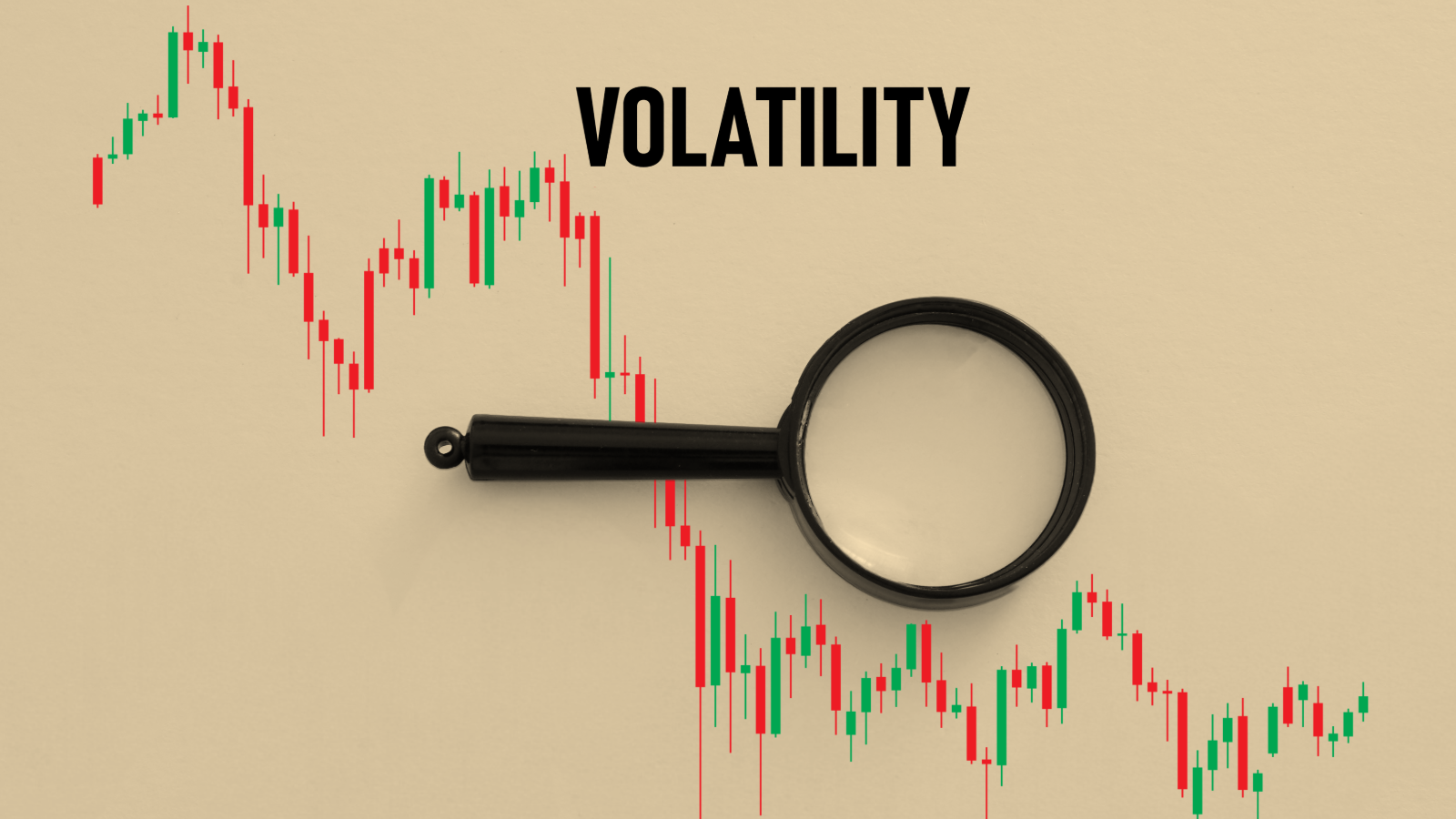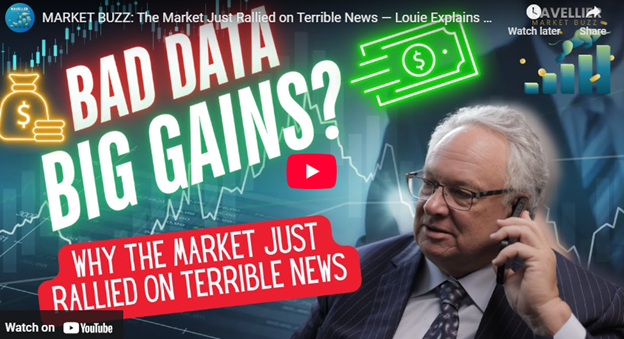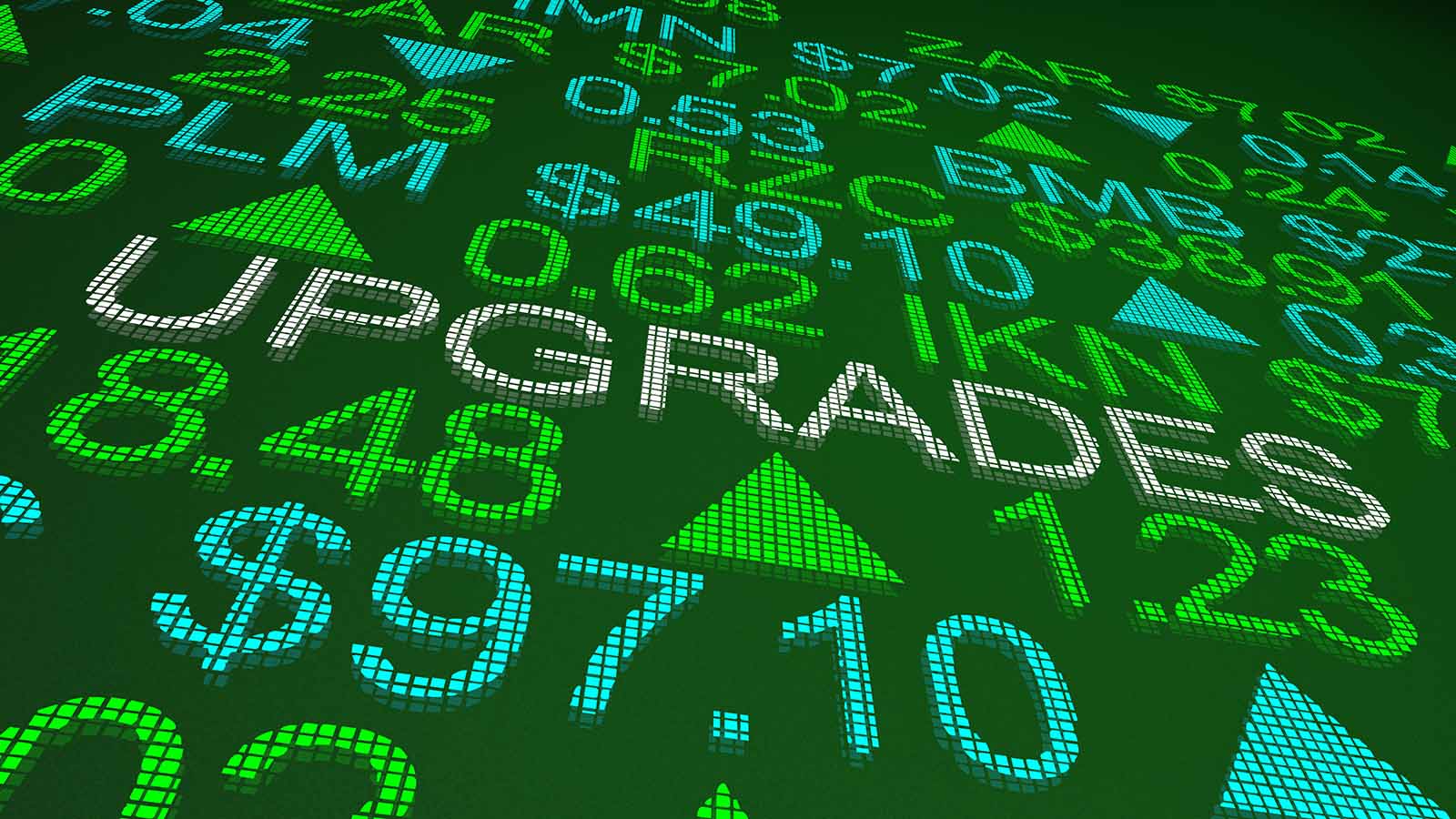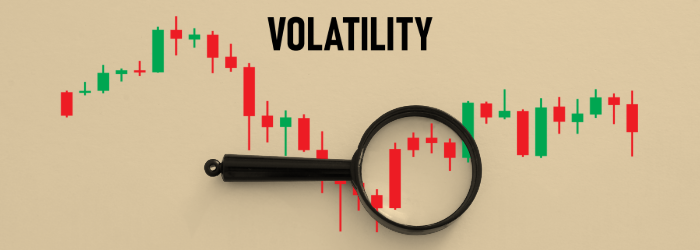It’s Harvest Time for Traders

Editor’s Note: Despite another chaotic month, the S&P 500 recorded its best May since 1990 – rising more than 6%. However, that’s nothing compared to the gains my colleague Jeff Clark made.
Jeff’s short-term trades delivered a cumulative return of 129% in just five days in May (he’ll explain how in today’s guest article) – more than 20X higher than the S&P 500’s gain.
And those returns are no fluke. Jeff is one of the country’s top “chaos” traders, so he thrives during volatile markets. He has spent decades mastering how to turn sudden price swings into fast, repeatable profit opportunities. And with market conditions aligning once again, he believes we’re entering what could be the most lucrative trading period of his career.
That’s why it’s so important that you attend his Countdown to Chaos event, tomorrow at 10 a.m. Eastern. The event starts in less than 24 hours, so time is running out to reserve your spot. Click here to do so now.
During this event, Jeff will walk you through 10 trade setups flashing right now… and unveil a powerful new software tool built with our partners at TradeSmith to help you act on them immediately.
He will also send his most actionable ideas straight to readers who are ready to move when the next opportunity hits. This is an event you won’t want to miss, so be sure to register for Jeff’s event here.
Now, in the article below, Jeff explains exactly why he sees this chaotic market environment as a turning point – and why traders who understand what’s happening could see some of the biggest gains of their lives.
I suggest you read on…
**************************
I hope you didn’t “Sell in May and go away” this year…
According to the old Wall Street saying, stock market returns between May and October are typically weaker than between November and April.
There’s some truth to it…
Studies have shown that, over long periods, stock market returns between November and April outperform the returns between May and October.
But this year “Sell in May” failed spectacularly.
Last month, the S&P 500 surged 6.2%.


That’s the best May gain for stocks since 1990.
The average annual return for the index going back 30 years is about 11%. So, that’s more than half the average annual return in just one month.
That’s great news for buy-and-hold investors. After a nearly 19% peak-to-trough plunge in April, they needed to catch a break. And they did.
So, kudos if you held your nerve through all the negative trade war headlines and stayed in your long-term positions.
But as good as that return was, it’s only a fraction of what was available to traders.
I recommended four trades to my subscribers in May with an average holding time of just five days. They delivered a cumulative return of 129%.
That’s 21 times the gain you’d have made from holding the S&P 500 over the same time.
And it didn’t require taking more risk. Due to how these trades were structured, you needed only a relatively small stake to make these outsized returns.
It’s all thanks to a simple, repeatable pattern that can turn modest stock price moves into 100%+ wins – often in just days.
And this pattern is flashing all over the stock market right now – meaning it’s now “harvest time” for traders.
In fact, I believe we’re entering the most lucrative trading period of my life.
It’s why tomorrow, Wednesday, June 11 at 10 a.m. ET, I’m sitting down with TradeSmith CEO Keith Kaplan to walk you through 10 high-probability trades that could deliver 100%+ gains in the days ahead.
I know those are big claims. But as I’ll show you below, I have the track record to back it up.
Why is now such a powerful moment for traders?
To answer that, you need to turn everything you think you know about investing completely on its head.
Volatility Is a Gift, Not a Threat
It’s no secret that 2025 has been a volatile year for stocks.
Tariffs, the reshuffling of the global economy, plus a dozen other issues have kept the markets on edge this year.
Between April 3 and April 4, we saw $6.6 trillion erased from the U.S. stock market.
That’s the largest two-day wipeout of shareholder value on record. It eclipsed even the COVID crash in 2020 and the Black Monday crash in 1987.
And the volatility wasn’t all to the downside.
Just five days later, on April 9, the S&P 500 shot up 9.5%. It was the largest single-day percentage gain since the 2008 financial crisis.
If you’re an investor, these whipsaw moves can be stomach churning. One day your portfolio is plunging. The next day it’s surging. It’s hard to know what to do.
But for traders, those price swings are a gift. They allow us to harness these big moves in markets for profits.
It’s not just the magnitude of these moves that works in our favor. We also have a lot more opportunities to trade.
It’s not about being bullish or bearish. As a trader, it doesn’t matter if stocks are going up or down.
As I showed with my live trade alerts, you can make money either way.
There’s Always a Way to Profit
Below are the closed gains from six of the most recent trade recommendations I made at my subscriber-only trading blog, Delta Direct.
Half of them were “long” trades, meaning they pay off when stocks go up. The other half were “short” trades. They pay off when stocks fall.
- SPDR S&P 500 ETF Trust (SPY) long trade on 04/29, closed on 04/30 for a profit of 117.8%
- SPDR S&P 500 ETF Trust (SPY) long trade on 05/12, closed on 05/23 for a profit of 49.8%
- SPDR S&P 500 ETF Trust (SPY) long trade on 05/28, closed on 05/30 for a profit of 42.9%
- Marvell Technology (MRVL) short trade on 04/21/2025, closed on 04/21 for a profit of 78.3%
- Deckers Outdoor (DECK) short trade on 04/16/2025, closed on 04/22 for a profit of 77.8%
- Target (TGT) short trade on 04/07, closed on 04/08 for a profit of 74.8%
The bearish trades did better. The average gain for the short trades (last three on the list) was 76% versus a gain of 70% for the long trades. But there wasn’t much of a difference between them.
That’s what’s so liberating about trading versus investing. Whether the market goes up, down, or sideways – there’s always a way to profit.
I’ll be getting into the details of the strategy behind these wins in my interview with Keith on Wednesday. Because I believe it’s the single best way to make money in today’s highly unpredictable market environment.
But in a nutshell, I trade “mean reversions.” That’s just a fancy way of saying that when a stock moves too far away from its typical level, it’s likely to snap back toward the average.
Put simply, I wait until a stock – or a market index like the S&P 500 – gets stretched too far in one direction. Then I bet on the proverbial rubber band snapping back.
All you need is for there to be lots of movement in the stock market.
This strategy paid off during President Trump’s first term in office. It has been paying off again in his second term. And it will continue to work well for the next three and a half years – at least – no matter what the stock market does.
It’s why I hope you’ll watch my interview with Keith when it airs tomorrow. You’ll learn…
- What I look for before I pull the trigger on my mean reversion trades
- How I handed my subscribers the chance to close out more than 1,000 winning trades using this strategy
- 10 different actionable opportunities that could make you 100% or more in the coming days.
Keith and I will also lift the lid off of a new software screener project we’ve been working on together behind the scenes.
It hands you 10 chances to make 100% or more each morning – no recommendation from me required.
I think you’re going to love it. Backtests show it could have led to gains like…
- 197% in 17 days from Netflix
- 322% in 14 days from Amazon
- 469% in 10 days from Alphabet
- 636% in 7 days from Tesla
If that sounds interesting to you, make sure to tune into what Keith and I have to say tomorrow.
If you’re willing to keep an open mind… and see how to turn volatility from a threat into an opportunity… you’re going to get a huge amount of value from it.
All I ask is that you register your interest here.
As I said, we’re entering the most lucrative trading period of my life. And I’d hate for you to miss out.
Sincerely,


Jeff Clark
Editor, Market Minute
P.S. Even if you’re a buy-and-hold investor, knowing how to trade is a great way to generate fresh capital to pour into your long-term high-conviction holds – even more so if volatility presents great buying opportunities in your favorite stocks.
It isn’t a binary choice between trading and investing. In fact, these two strategies go together like peanut and chocolate.
Time of great volatility are dangerous and uncomfortable for most investors. When markets are going through huge ups and downs, investors’ emotion tends to fly off the charts.
But that’s exactly when traders thrive. These conditions create huge moves in the markets that play out over the short term. And that’s when traders make a lot of money.
That’s what tomorrow’s presentation is all about – making money from these moves while staying in your long-term investments. Here’s that link again to secure your spot before it’s too late.






















